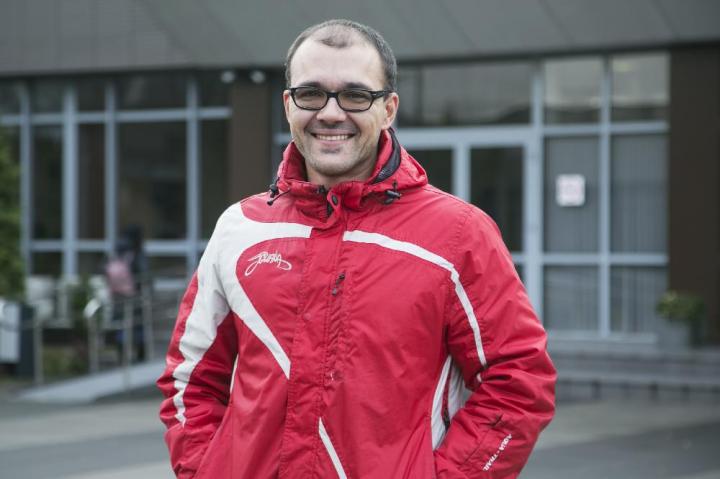
Credit: IKBFU
Reconstruction and strengthening of coastal zones are the key issues of many industries that are oriented in the seaside tourism. Recently, the authoritative scientific journal Estuarine, Coastal and Shelf Science has published the article of the researchers from the Immanuel Kant Baltic Federal University. Their study investigates the calculation of the volume of sand that is needed to strengthen coastal zones and broadening beach spaces of the Baltic Sea.
Nikolai Belov, Senior Research Fellow of the Institute of Environmental Management, Urban Development and Spatial Planning (IKBFU):
We found out that strong winds and sea storms influence coastal zones a lot. Terrestrial laser scanning (TLS) has many advantages, though it is needed to be taken into account together with the data that researchers usually get from observation of classic sand traps.
###
Media Contact
Nikolai Belov
[email protected]
Original Source
http://eng.
Related Journal Article
http://dx.



